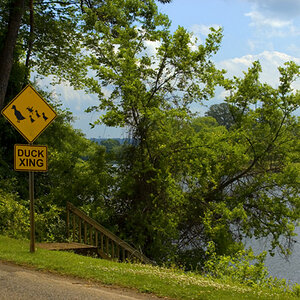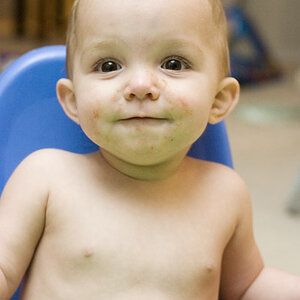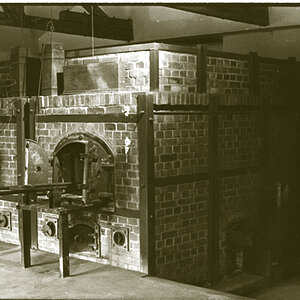benjyman345
TPF Noob!
- Joined
- Sep 26, 2006
- Messages
- 152
- Reaction score
- 0
hi,
Should I use stop bath or just thoroughly wash out my developing tank after development?
thanks
Should I use stop bath or just thoroughly wash out my developing tank after development?
thanks








![[No title]](/data/xfmg/thumbnail/42/42451-9e2e4f1caad4c45d0c61e2a856140c36.jpg?1619740190)




